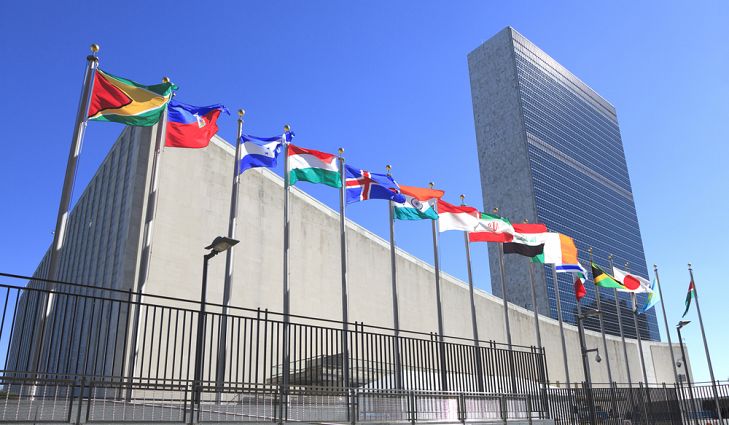By Arul Louis
United Nations– While arranged marriages remain the norm in India, they are evolving into a system of semi-arranged marriages giving women more freedom and making them less vulnerable to domestic violence, according to a UN report.
The report, “Progress of World’s Women, 2019-20: Families in a Changing World”, released on Tuesday, however, blamed economic liberalisation in India for the spread of the dowry practice to more communities and the celebration of pricy, ostentatious weddings.
The report, which dealt with several aspects of marriage, said: “The practice of arranged marriages remains commonplace”, but, “the practice, however, has evolved over time and has been partially replaced by semi-arranged marriages, particularly in urban areas”.
In semi-arranged marriages, “families are involved in suggesting potential matches, but women choose whether to marry and who to partner with” in contrast to the traditional parent-arranged marriages where women often have little say and meet the groom only on the wedding day, the report said.
“Women in semi- and self-arranged marriages are three times as likely as those in family-arranged marriages to exercise agency on key areas of decision-making – including on expenditures, when to have children (and how many) and contraception – and twice as likely to be able to visit friends and relatives unescorted”.
“Those in semi-arranged marriages are also less likely to experience marital violence compared to those in traditional parent-arranged marriages”, it added.
The report was prepared by UN Women, the world body’s group for gender equality and empowerment of women. Releasing the report, its Executive Director Phumzile Mlambo-Ngcuka said that there was a concerted effort to deny women their rights “in the name of protecting ‘family values'”.
But, she said: “This report counters that pushback by showing that families, in all their diversity, can be critical drivers of gender equality, provided decision-makers deliver policies rooted in the reality of how people live today, with women’s rights at their core.”
The report said that despite feminist campaigns and legal prohibition, the practice of dowry was spreading.
“Dowry has shifted from a signifier of marriage to a central condition for a daughter’s eligibility”, the report said. “Gifts that were once voluntary and/or nominal have become compulsory and have spiralled up in value”.
“Economic liberalisation and commercialisation have contributed to the spread of the practice from upper- to middle- and lower-caste Hindus, as well as to Christians, Muslims and tribal groups,” the report asserted.
Dowry practice also leads to violence and “husbands are the most common perpetrators and mothers-in-law are often implicated”, the report said.
“The status and economic position of families are linked with weddings as a public display of wealth”, it added.
It noted that there were differences in the status of women in the South and North of India. The area that includes India follows a patriarchal family system, but “a somewhat different and less rigid set of gender relations characterises the kinship systems in South India and South-Eastern Asia”, the report said.
In families in the South, the report said that “a greater degree of public mobility is allowed for women. This translates into women’s higher rates of employment, whether in agriculture, marketing or manufacturing, and greater responsibility for managing their household’s finances”.
In these areas women have some rights of inheritance, greater flexibility in where they live and to continue their interaction with their own relatives.
The number of divorces has doubled over the past two decades, although it is still minuscule with only 1.1 per cent of women divorced and most of them in the urban areas.
It noted that “the right to maintenance is weakly enforced” and divorced women are dependent on their parents, brothers or other relatives. (IANS)














